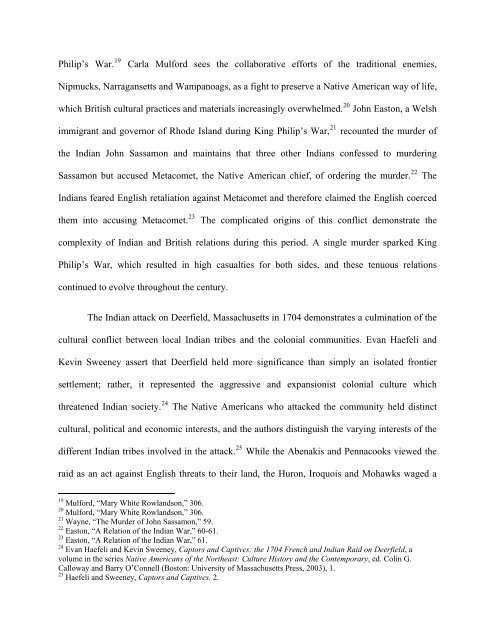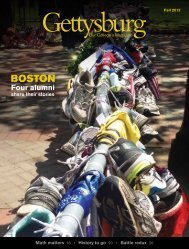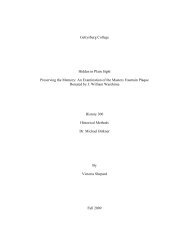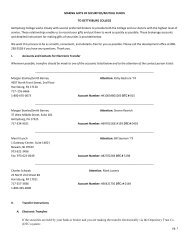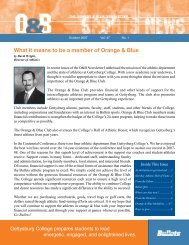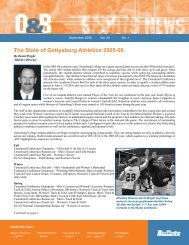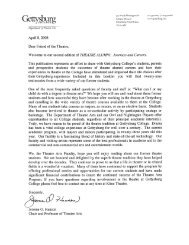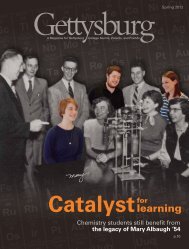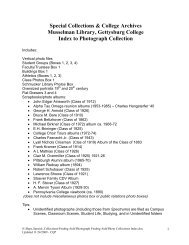Sweet Tooth for Empire: Sugar and the British Atlantic World
Sweet Tooth for Empire: Sugar and the British Atlantic World
Sweet Tooth for Empire: Sugar and the British Atlantic World
You also want an ePaper? Increase the reach of your titles
YUMPU automatically turns print PDFs into web optimized ePapers that Google loves.
Philip’s War. 19 Carla Mul<strong>for</strong>d sees <strong>the</strong> collaborative ef<strong>for</strong>ts of <strong>the</strong> traditional enemies,<br />
Nipmucks, Narragansetts <strong>and</strong> Wampanoags, as a fight to preserve a Native American way of life,<br />
which <strong>British</strong> cultural practices <strong>and</strong> materials increasingly overwhelmed. 20 John Easton, a Welsh<br />
immigrant <strong>and</strong> governor of Rhode Isl<strong>and</strong> during King Philip’s War, 21 recounted <strong>the</strong> murder of<br />
<strong>the</strong> Indian John Sassamon <strong>and</strong> maintains that three o<strong>the</strong>r Indians confessed to murdering<br />
Sassamon but accused Metacomet, <strong>the</strong> Native American chief, of ordering <strong>the</strong> murder. 22 The<br />
Indians feared English retaliation against Metacomet <strong>and</strong> <strong>the</strong>re<strong>for</strong>e claimed <strong>the</strong> English coerced<br />
<strong>the</strong>m into accusing Metacomet. 23 The complicated origins of this conflict demonstrate <strong>the</strong><br />
complexity of Indian <strong>and</strong> <strong>British</strong> relations during this period. A single murder sparked King<br />
Philip’s War, which resulted in high casualties <strong>for</strong> both sides, <strong>and</strong> <strong>the</strong>se tenuous relations<br />
continued to evolve throughout <strong>the</strong> century.<br />
The Indian attack on Deerfield, Massachusetts in 1704 demonstrates a culmination of <strong>the</strong><br />
cultural conflict between local Indian tribes <strong>and</strong> <strong>the</strong> colonial communities. Evan Haefeli <strong>and</strong><br />
Kevin Sweeney assert that Deerfield held more significance than simply an isolated frontier<br />
settlement; ra<strong>the</strong>r, it represented <strong>the</strong> aggressive <strong>and</strong> expansionist colonial culture which<br />
threatened Indian society. 24 The Native Americans who attacked <strong>the</strong> community held distinct<br />
cultural, political <strong>and</strong> economic interests, <strong>and</strong> <strong>the</strong> authors distinguish <strong>the</strong> varying interests of <strong>the</strong><br />
different Indian tribes involved in <strong>the</strong> attack. 25 While <strong>the</strong> Abenakis <strong>and</strong> Pennacooks viewed <strong>the</strong><br />
raid as an act against English threats to <strong>the</strong>ir l<strong>and</strong>, <strong>the</strong> Huron, Iroquois <strong>and</strong> Mohawks waged a<br />
19 Mul<strong>for</strong>d, “Mary White Rowl<strong>and</strong>son,” 306.<br />
20 Mul<strong>for</strong>d, “Mary White Rowl<strong>and</strong>son,” 306.<br />
21 Wayne, “The Murder of John Sassamon,” 59.<br />
22 Easton, “A Relation of <strong>the</strong> Indian War,” 60-61.<br />
23 Easton, “A Relation of <strong>the</strong> Indian War,” 61.<br />
24 Evan Haefeli <strong>and</strong> Kevin Sweeney, Captors <strong>and</strong> Captives: <strong>the</strong> 1704 French <strong>and</strong> Indian Raid on Deerfield, a<br />
volume in <strong>the</strong> series Native Americans of <strong>the</strong> Nor<strong>the</strong>ast: Culture History <strong>and</strong> <strong>the</strong> Contemporary, ed. Colin G.<br />
Calloway <strong>and</strong> Barry O’Connell (Boston: University of Massachusetts Press, 2003), 1.<br />
25 Haefeli <strong>and</strong> Sweeney, Captors <strong>and</strong> Captives, 2.


